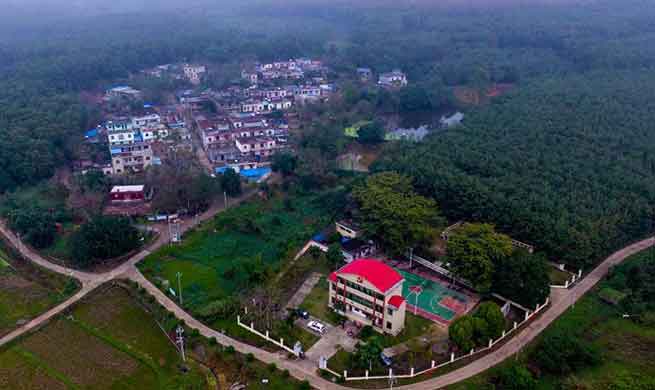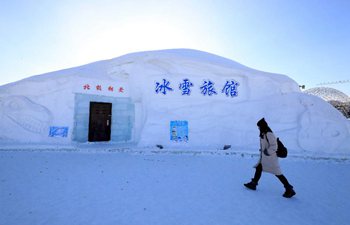WASHINGTON, Feb. 1 (Xinhua) -- Australian researchers have demonstrated for the first time that a stable frequency reference can be reliably transmitted more than 300 km over a standard fiber optic telecommunications network and used to synchronize two radio telescopes.
According to a study published on Thursday in American journal Optica, researchers reported the new technology that could allow scientists anywhere to access the frequency standard simply by tapping into the telecommunications network.
The stable frequency references, used to calibrate clocks and instruments that make ultra-precise measurements, are previously only accessible at facilities that generate them using expensive atomic clocks.
Now, the ability to send stable frequency references over the telecommunications network could be useful for radio telescope arrays such as the Square Kilometer Array (SKA), an international effort to build the world's largest radio telescope using arrays in Australia and South Africa.
When complete, the SKA will detect faint radio waves from deep space with a sensitivity about 50 times greater than that of the Hubble telescope. Individual radio telescopes will be linked to create a total collecting area of about 1 million square meters.
Without the new technology, however, linking radio telescopes in an array requires that each telescope have access to an atomic clock to record the precise time at which a signal is detected from an object in space.
But stable transmitted references could be used to calibrate the relative time at each telescope, eliminating the need for multiple atomic clocks in a radio telescope array.
Researchers from a consortium of Australian institutions have reported on the successful transmission of a stable frequency reference between two radio telescopes via a fiber link.
The results show that the technique is capable of compensating signal fluctuations in the fiber optic network introduced by environmental factors such as temperature changes or vibrations.

















